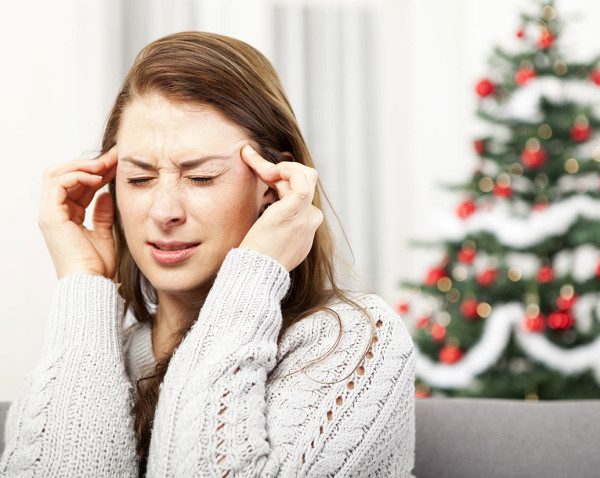What do most opiate addicts fear the most? It isn’t overdosing and it isn’t dying, although according to the Centers for Disease Control and Prevention, “Nearly three out of four prescription drug overdoses are caused by prescription painkillers—also called opioid pain relievers.” What addicts fear the most is the physical and psychological pain and distress they know they will suffer when they go through withdrawals.
Opiate Withdrawals
Opiate withdrawals differ from user to user, depending on several contributing factors. Age, biology, physical and mental health, methods of abuse, types of drugs used, use with other drugs, frequency, potency, all make a difference. Some people can manage the symptoms with minimum help and others need around the clock nursing, psychological interventions, and medications to alleviate or reduce cravings, anxiety, psychosis, or other health problems. The symptoms are almost always painful, never without intense cravings, and often, much worse than the flu.
Following the Opiate Detox Timeline
Many addicts suffer horrendous circumstances in their life and they want to get better, but, after a while, they feel hopeless to do so. Before the opiate detox even begins, they become extremely anxious or frightened and lose control, desperately seeking to use again, just one more time.

Detox symptoms generally dissipate within about a week.
- Day 1: The cravings to use begin within hours after last dose. Agitation, anxiety, depression, even anger may set in. By the end of the first day, physical symptoms of loss of appetite, nausea, headache, chills, fever, sweating, tension, fatigue, insomnia, restlessness, and muscle spasms or aches, appear.
- Day 2: Symptoms from day 1 get considerably worse. Runny nose, teary eyes, vomiting, diarrhea, pain in the stomach, joints, muscles, and bones becomes almost unbearable and the causes many to curl into a fetal position to try and hold on. Dehydration is a major concern from vomiting and diarrhea and it is important to continue drinking fluids during this time. Psychological symptoms get worse with confusion, panic attacks, suicide or harmful ideations possibly occurring. In chronic opioid addicts or those with a co-existing psychological disorder, their symptoms can become psychotic or schizophrenic like.
- Day 3: Symptoms may begin to subside or be a repeat of day 2. After not eating for two days, the diarrhea and vomiting may stop and appetite return, but, other physical symptoms may still exist. Psychological symptoms take much longer to get over and they may persist for several more days.
- Days 4-5: This may or may not be the days to regain a sense of clarity, energy, appetite, or decrease in symptoms. It all depends on those contributing factors. Symptoms will keep appearing until the person’s mind and body are stabilized, gradually subsiding in intensity, but, the cravings can last a lifetime.









